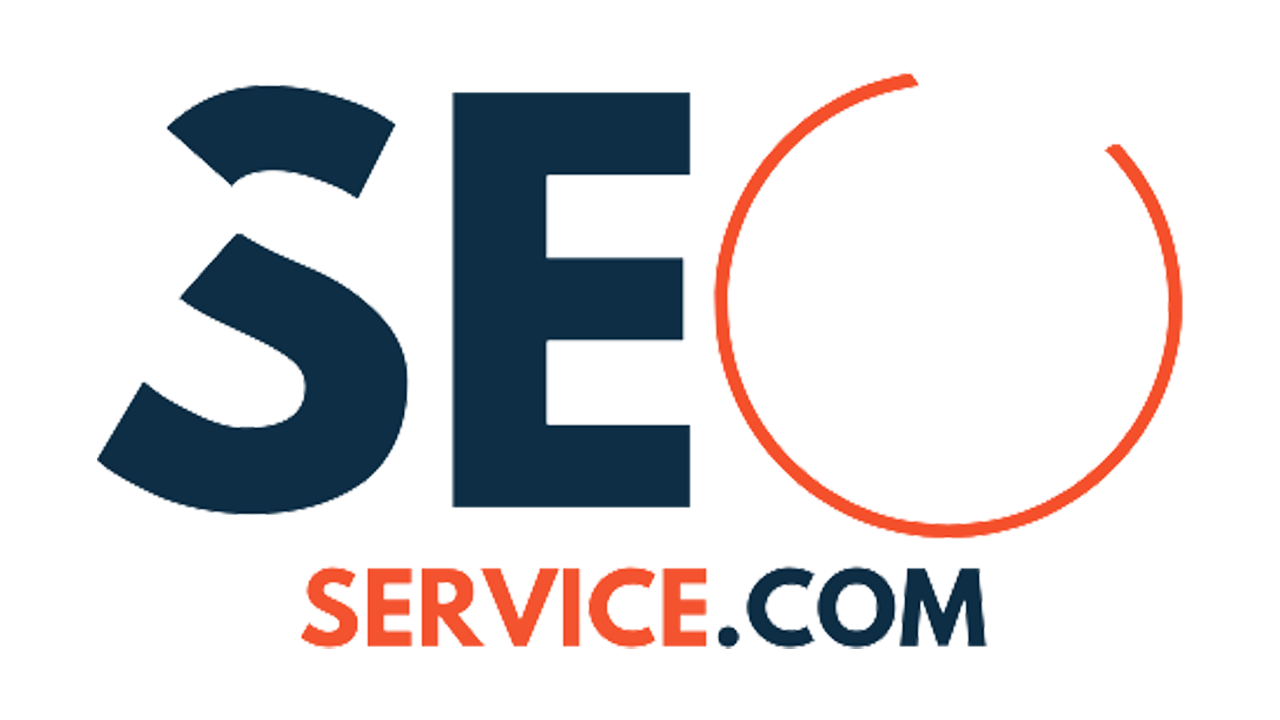An important step in any online business endeavor is Conversion Rate Optimization or CRO. It is the process of increasing the fraction of website visitors who take your desired action—a conversion. This can mean making an account, filling a form, making a purchase, and so on. It is an element of the best SEO practices that cannot be ignored, especially by new or small businesses looking to make their mark.
Understanding Conversions
Different industries have different standards, and different offerings have different measures of success. When it comes to CRO, there are two types of goals considered: macro-conversions and micro-conversions.
Some examples of macro-conversions are:
- Purchasing a product from the site
- Requesting a quote
- Subscribing to a service
And some examples of micro-conversions are:
- Signing up for mailing lists
- Creating an account
- Adding a product to the cart
What is the Conversion Rate?
Any of these can contribute to what is known as your conversion rate. The conversion rate is the number of times a user completes a goal divided by your site traffic. For example, take the number of users who have bought something from your website from the last month, then divide that by the number of unique visits you had for that month. The result is your conversion rate.
The closer your conversion rate is to 1, the better. It is indicative of how likely it is a new user will convert.
However, it is important to categorize your conversions based on how the user made their way to your website. Conversions stemming from the best SEO practices should be categorized differently from PPC conversions, and so on. That way, you can analyze your data more easily and observe the success of each of your marketing platforms.
This is where Conversion Rate Optimization comes in
It is critical for any online business to continually strive for a better conversion rate. Without employing CRO, you might put your website at the risk of stagnation, causing your profits to decline. In the eCommerce industry, there is no such thing as “If it ain’t broke, don’t fix it.” If it isn’t improving, it’s broken.
Generally, there are two tried-and-tested ways to optimize your website’s conversion rate, and they are as follows:
1. The Analytics Method
This is also known as quantitative data analysis, and it uses the hard data derived from visitors and purchasers on your website. You can use tools, such as Google Analytics, to help smoothen this process. Through this method, you can derive a few details about your user activity, some of which are:
- Where they land first
- What features they engage with
- What devices they use
2. The People Method
The people-focused method uses subjective data from your ideal user. This is conducted through onsite surveys, user testing, and satisfaction surveys. It can give you non-quantitative insights about how and why users engage with your website, and it serves as a great complement to quantitative data.
Final thoughts
Whatever industry you might serve in and whatever offering you might have, it is crucial to strive for better and more fruitful interactions between users and your website. CRO must be used to improve your conversion rate and determine which aspects of your operations are strong and which ones are weak. From there, you can tweak and adjust your strategies in intelligent ways to experience better profits.
If you’re looking for resources on the best practices in eCommerce, such as SEO, send us a message at Best SEO. We have what it takes to help your business grow and grow.
